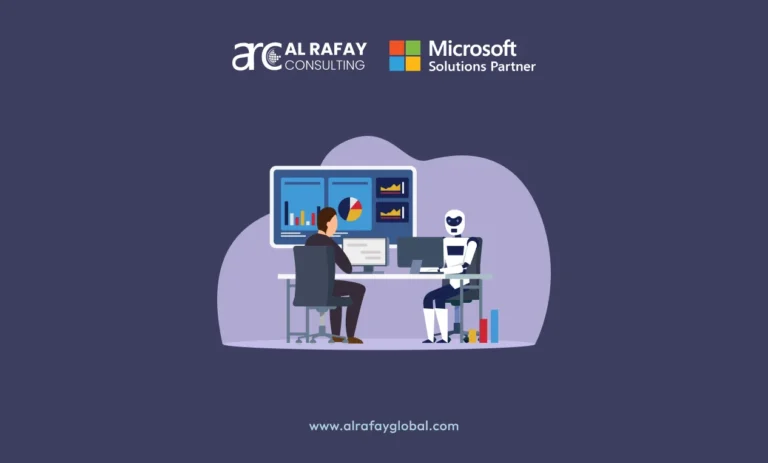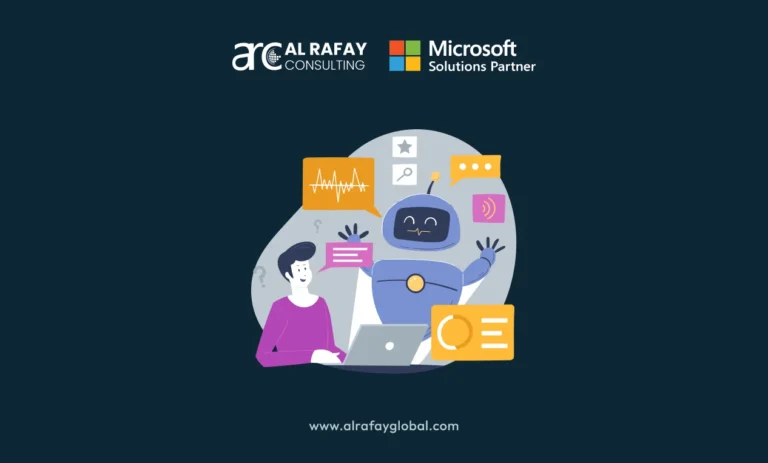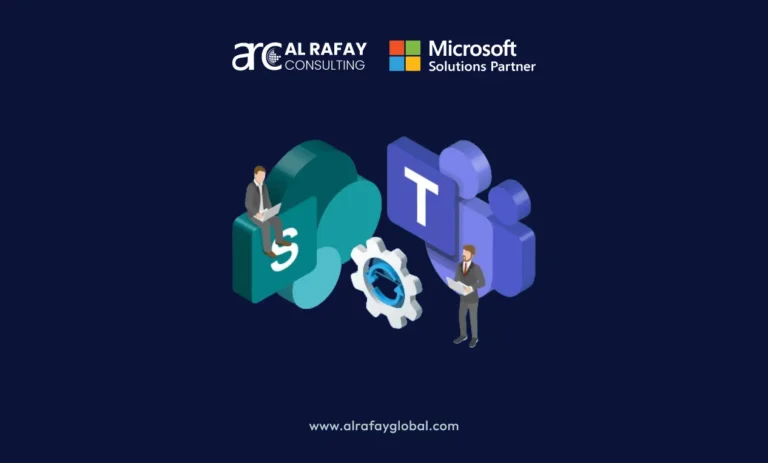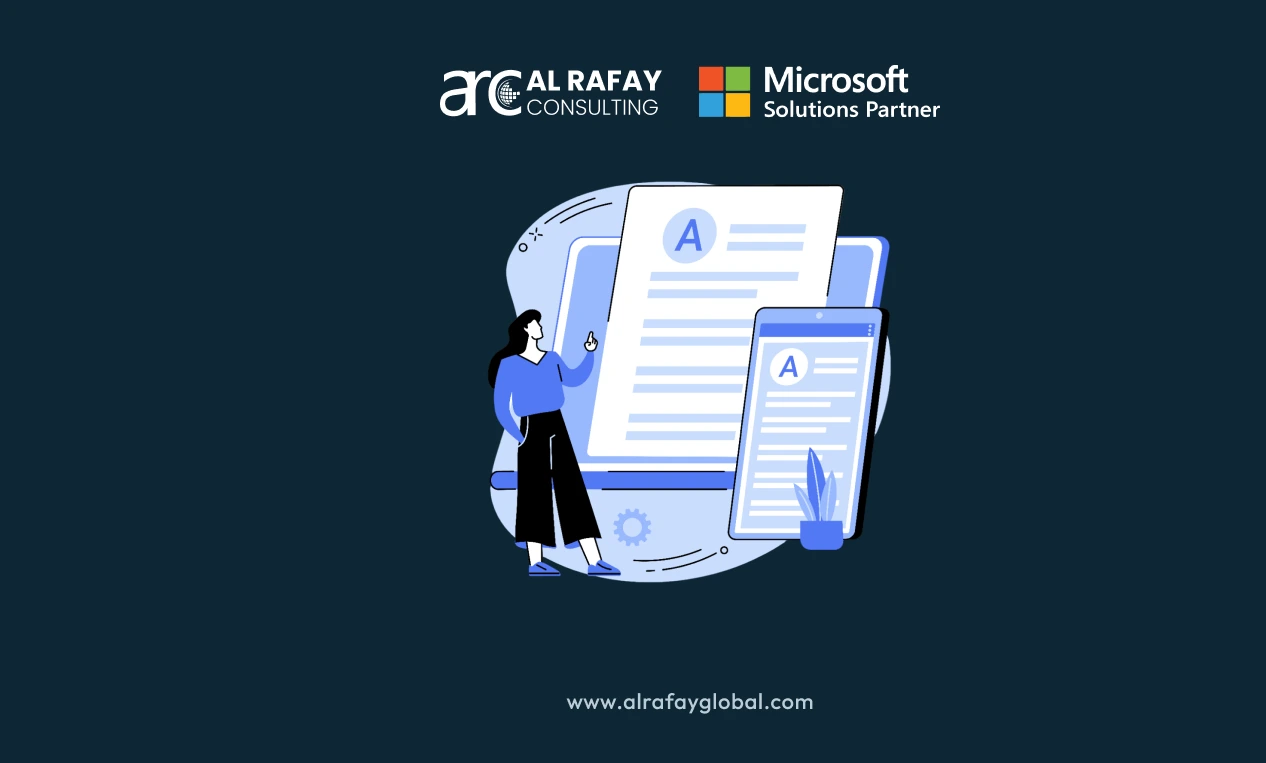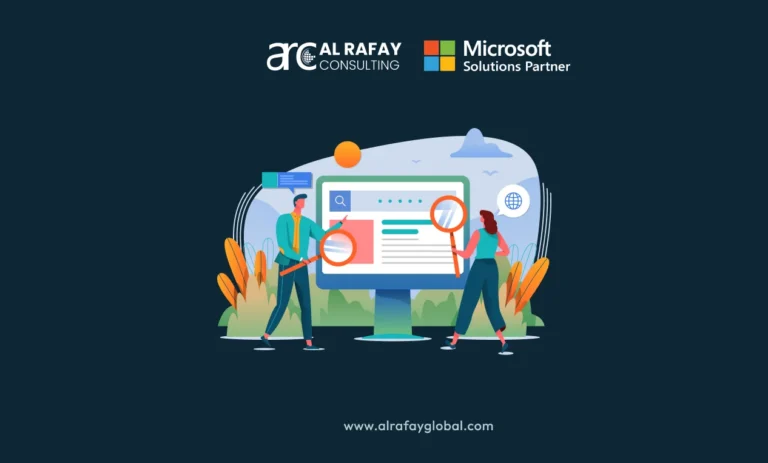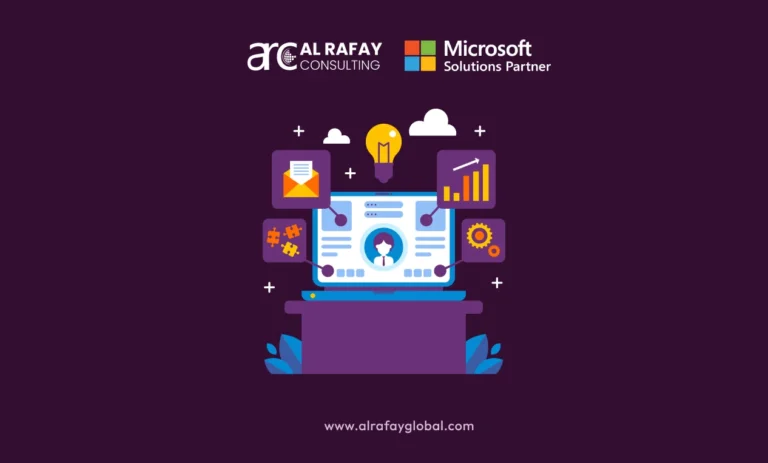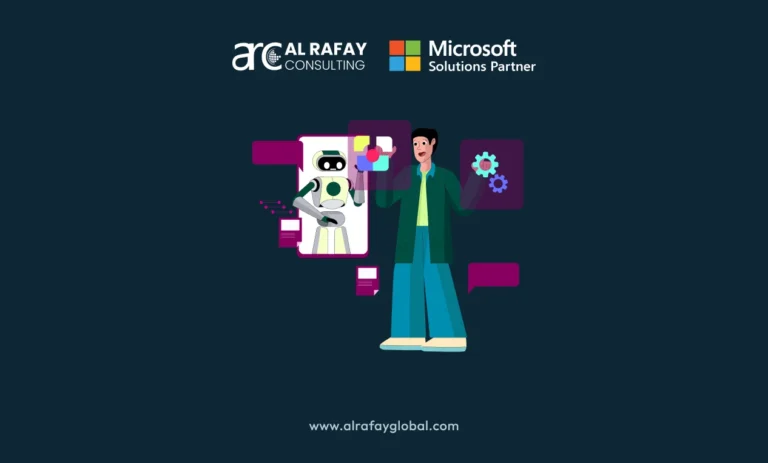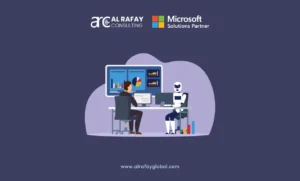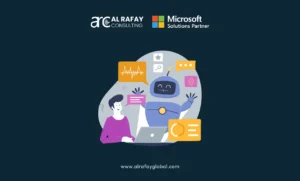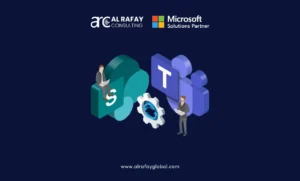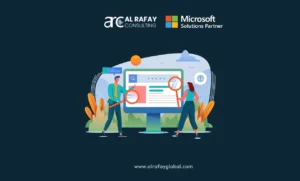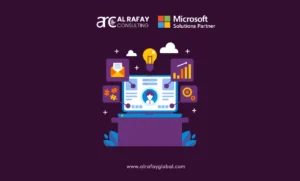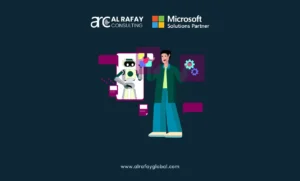Generative Pre-trained Transformers (GPT) have emerged as one of the most transformative technologies in the fields of Artificial Intelligence (AI) and Natural Language Processing (NLP). Created by OpenAI, GPT models are widely used for tasks such as content generation, language translation, summarization, and even code generation. GPT, specifically GPT-3 and its successors, have found significant applications across industries including technology, healthcare, customer service, and education. A research by Bloomberg indicates that the generative AI market is projected to reach $1.3 trillion by 2032.
This blog provides an in-depth technical analysis of how GPT works, focusing on its architecture, training processes, and working principles. We will explore foundational concepts like Transformers, tokenization, and self-attention, and discuss the strengths and limitations of GPT. By the end of this article, technical professionals and business owners alike will have a solid understanding of how GPT operates and how it can be applied in various domains.
Foundational Concepts
What is a Transformer?
At the core of GPT lies the Transformer architecture, introduced by Vaswani et al. in their landmark 2017 paper Attention Is All You Need. Transformers are deep learning models designed to handle sequential data such as natural language, but unlike earlier models like Recurrent Neural Networks (RNNs), they rely entirely on self-attention mechanisms rather than recurrence.
Key components of the Transformer include:
- Encoder-Decoder Model: Transformers consist of two main components—the encoder, which processes input data, and the decoder, which generates output. GPT uses only the decoder side of this architecture, focusing on text generation by predicting the next word in a sequence based on the context provided by the previous words.
- Self-Attention Mechanism: The self-attention mechanism allows each word to pay attention to every other word in the input, capturing relationships and dependencies regardless of their distance in the sequence. This enables the model to understand context more effectively than traditional models.
- Encoder-Decoder Model: Transformers consist of two main components—the encoder, which processes input data, and the decoder, which generates output. GPT uses only the decoder side of this architecture, focusing on text generation by predicting the next word in a sequence based on the context provided by the previous words.
Evolution of Language Models
Before GPT, NLP models primarily relied on Recurrent Neural Networks (RNNs) and Long Short-Term Memory (LSTM) networks. Both these models processed data sequentially, making them prone to limitations like vanishing gradients and an inability to capture long-range dependencies in text.
- RNNs and LSTMs performed well for short sentences but struggled with longer texts due to their sequential nature.
- Seq2Seq models, used in tasks like machine translation, were an improvement but still suffered from training inefficiencies and lacked scalability.
- RNNs and LSTMs performed well for short sentences but struggled with longer texts due to their sequential nature.
The Transformer architecture brought a shift by allowing for parallelization, significantly improving training speed and performance. GPT, which builds on this architecture, resolves many of the issues that earlier models faced, such as handling long-term dependencies and learning from larger datasets.
Generative vs. Discriminative Models
A key distinction between language models is whether they are generative or discriminative.
- Discriminative models (e.g., BERT) focus on predicting a label or classification based on input data.
- Generative models (e.g., GPT) aim to generate new data that resembles the input data. GPT does this by predicting the next word in a sequence using an autoregressive approach, where the model generates text token by token.
- Discriminative models (e.g., BERT) focus on predicting a label or classification based on input data.
GPT’s generative capabilities make it well-suited for tasks that involve open-ended text generation, such as content creation, dialogue systems, and more. Its ability to generate coherent and contextually relevant text sets it apart from discriminative models that are limited to classification tasks.
Architecture of GPT
Transformer Decoder Architecture
GPT uses a decoder-only architecture derived from the original Transformer model. This architecture consists of multiple layers (12 layers in GPT-2, 96 layers in GPT-4) stacked on top of each other. Each layer has two main components:
- Multi-head Self-Attention: This mechanism allows the model to look at different parts of a sentence simultaneously by using multiple attention heads. Each attention head performs an independent attention operation and then combines the results, allowing the model to capture nuanced relationships between words.
- Feed-forward Neural Network (FFN): After the attention mechanism, the model applies a feed-forward network to each token. The FFN introduces non-linearity and further transforms the token representation.
- Multi-head Self-Attention: This mechanism allows the model to look at different parts of a sentence simultaneously by using multiple attention heads. Each attention head performs an independent attention operation and then combines the results, allowing the model to capture nuanced relationships between words.
GPT’s architecture also incorporates layer normalization and residual connections to improve training stability and performance.
Self-Attention Mechanism
The self-attention mechanism is the core of GPT’s ability to understand context. Self-attention computes a weighted sum of the representations of all tokens in the input, with the weights determined by the similarity between a given token and every other token.
- Query, Key, and Value Vectors: Each token is represented by a query (Q), key (K), and value (V) vector. The attention score is calculated by taking the dot product of the query and key vectors, followed by a softmax operation to normalize the scores.
- Scaled Dot-Product Attention: The dot products are scaled by the square root of the dimensionality of the key vectors to avoid large values, which could slow down convergence during training.
- Query, Key, and Value Vectors: Each token is represented by a query (Q), key (K), and value (V) vector. The attention score is calculated by taking the dot product of the query and key vectors, followed by a softmax operation to normalize the scores.
Self-attention allows GPT to focus on the most relevant tokens in a sentence, regardless of their distance, which is particularly useful for long-range dependencies in language.
| Token | Attention Weights |
| “The” | 0.1 |
| “cat” | 0.3 |
| “sat” | 0.4 |
| “on” | 0.05 |
| “the mat” | 0.15 |
Positional Encoding
Transformers process tokens in parallel, meaning they do not inherently understand the order of words in a sequence. To provide this information, GPT adds positional encodings to the word embeddings at each layer.
Positional encoding assigns a unique vector to each position in the sequence based on sine and cosine functions of different frequencies. These encodings allow GPT to distinguish between words’ positions in the sentence while still maintaining the advantages of parallel processing.
Training GPT
Pre-training and Fine-tuning Phases
GPT is trained in two main phases:
- Pre-training: During pre-training, GPT is trained on a massive corpus of text using an unsupervised learning approach. The model learns to predict the next token in a sequence based on the preceding context. This enables GPT to acquire knowledge of grammar, facts, and even some reasoning capabilities from its training data.
- Fine-tuning: After pre-training, GPT is fine-tuned on specific datasets to adapt to particular tasks (e.g., answering questions, generating dialogue, or summarizing text). Fine-tuning uses supervised learning, where the model is trained to produce desired outputs given specific inputs.
- Pre-training: During pre-training, GPT is trained on a massive corpus of text using an unsupervised learning approach. The model learns to predict the next token in a sequence based on the preceding context. This enables GPT to acquire knowledge of grammar, facts, and even some reasoning capabilities from its training data.
Fine-tuning makes GPT more versatile and capable of performing well on a variety of tasks, despite being trained on general, unsupervised data.
Tokenization and Input Representation
Tokenization is the process of converting text into tokens (subword units) that the model can process. GPT primarily uses Byte-Pair Encoding (BPE), which balances the trade-off between word-level and character-level tokenization.
- Tokenization Example:
- Input: “Artificial intelligence is transforming industries.”
- Tokens: [“Artificial”, “int”, “elli”, “gence”, “is”, “transform”, “ing”, “industries”, “.”]
- Input: “Artificial intelligence is transforming industries.”
- Tokenization Example:
The model converts these tokens into embeddings, which are then passed through the layers of the Transformer architecture. Tokens that are not present in the model’s vocabulary are split into smaller subword units, making the model robust to out-of-vocabulary words.
Loss Function and Optimization
GPT uses cross-entropy loss during training, which measures the difference between the predicted probability distribution and the actual distribution (the ground truth).
- Loss Calculation: The loss is calculated as the negative log-likelihood of the correct token. This means that the model is penalized when it assigns a low probability to the correct token in the sequence.
GPT is trained using the Adam optimizer, which adjusts the model’s weights based on the gradients of the loss function. Adam combines the benefits of momentum and adaptive learning rates, making it well-suited for training large models like GPT.
Training GPT at scale requires significant computational resources. GPT-3, for instance, was trained using hundreds of petaflop/s-days, which highlights the scale and complexity of modern AI training efforts.
Working Principles of GPT
Text Generation and Autoregression
GPT generates text using an autoregressive approach, meaning it predicts the next token in a sequence based on the previous tokens. At each step, the model outputs a probability distribution over the vocabulary, and the next token is selected based on this distribution.
- Sampling Strategies:
- Greedy Decoding: Selects the token with the highest probability at each step.
- Beam Search: Maintains multiple hypotheses and selects the best overall sequence.
- Top-k and Top-p Sampling: Introduces randomness by sampling from the top-k most probable tokens or the nucleus (top-p) of the distribution, which improves the diversity of generated text.
- Greedy Decoding: Selects the token with the highest probability at each step.
- Sampling Strategies:
Context and Coherence
GPT maintains context across long sequences by utilizing its self-attention mechanism, which allows it to consider previous tokens when generating new ones. However, due to memory limitations, GPT models have a fixed context window (e.g., GPT-3 has a context window of 2048 tokens), meaning they cannot retain information indefinitely.
Bias and Data Dependencies
Like all machine learning models, GPT’s outputs are influenced by the data it was trained on. If the training data contains biased or inappropriate content, the model may generate biased or harmful outputs. Efforts to mitigate bias include:
- Curating training data: Filtering out problematic content during the pre-training process.
- Fine-tuning on specific tasks: Using task-specific fine-tuning to reduce bias and improve fairness.
- Curating training data: Filtering out problematic content during the pre-training process.
Applications of GPT
Real-World Use Cases
Generative Pre-trained Transformers (GPT) are versatile tools with a broad array of applications across various natural language processing (NLP) tasks. One of the most prominent uses of GPT is summarization. The model excels at generating concise summaries of long documents, allowing users to quickly grasp essential information without sifting through extensive text. This capability is particularly beneficial in fields like law and academia, where summarizing lengthy reports or research papers can save valuable time.
Another significant application is translation. GPT can translate text between different languages with impressive accuracy, making it an invaluable asset for global businesses and individuals seeking to bridge language barriers. By providing contextually appropriate translations, GPT enhances communication across cultures, facilitating smoother interactions in international settings.
GPT excels in question-answering tasks. It can efficiently answer factual questions based on its extensive training data, serving as a knowledgeable assistant in various contexts, from customer support to educational tools. This feature allows users to retrieve information quickly and reliably, improving productivity and user satisfaction.
The code generation capabilities of GPT models, particularly Codex, further showcase their versatility. Codex can generate and debug code, making it an essential resource for software developers. By automating mundane coding tasks and providing real-time suggestions, it enables developers to focus on more complex aspects of their projects, thereby enhancing efficiency.
API and Industry Applications
OpenAI provides access to GPT models through an API, allowing businesses to integrate GPT-powered solutions seamlessly into their workflows. This API has found applications across multiple industries. In healthcare, GPT is utilized for patient interaction, streamlining communication between medical professionals and patients. In the education sector, GPT assists in generating personalized learning content tailored to individual student needs, promoting more effective learning experiences.
Research and Experimentation
The influence of GPT extends into AI research, where it has catalyzed significant advancements. Researchers are actively experimenting with various versions of GPT, such as GPT-4, exploring its potential applications across new tasks. With GPT-3’s impressive 175 billion parameters, the model pushed the boundaries of language understanding and generation. Future iterations are anticipated to offer even greater capabilities, paving the way for innovative applications and enhancing our understanding of AI’s role in human-computer interaction.
Why GPT is Important
GPT models enhance communication by facilitating human-computer interaction. They can generate coherent and contextually relevant text, enabling users to engage with machines in a more natural manner. This capability is particularly beneficial in customer service, content creation, and virtual assistance, where understanding and generating human-like responses can significantly improve user experience.
GPT plays a crucial role in data analysis and information retrieval. By processing vast amounts of data, these models can summarize, extract insights, and present information in an accessible format. This functionality aids professionals in various fields, from marketing to research, by streamlining workflows and enhancing decision-making.
The adaptability of GPT allows for applications across diverse industries. Its potential to generate creative content, automate repetitive tasks, and support educational initiatives demonstrates its versatility.
Limitations and Challenges
Scalability and Resource Constraints
Training large GPT models, such as GPT-3, demands an immense amount of computational resources. The costs associated with this process can escalate into millions of dollars, making it financially unfeasible for smaller organizations or startups to undertake. The necessity for high-end hardware, such as advanced GPUs and extensive cloud computing resources, further exacerbates these challenges. Even after a model is trained, deploying it for real-time applications requires significant inference power. This need for substantial computational resources can limit accessibility, preventing many potential users from harnessing the capabilities of these advanced models. Consequently, scalability becomes a critical issue, particularly for businesses aiming to integrate AI solutions into their operations without incurring prohibitive costs.
Language Understanding vs. Reasoning
Another significant challenge associated with GPT models is their limited ability to understand and reason. While these models excel in generating coherent and contextually relevant text based on the patterns they learn from extensive datasets, they do not possess genuine reasoning or comprehension. This limitation can result in instances of hallucination, where the model generates incorrect or nonsensical outputs. Moreover, the lack of logical consistency in some responses raises questions about the reliability of the information produced by these models. Users must remain vigilant, critically evaluating the outputs generated by GPT systems to mitigate the risk of relying on erroneous information.
Ethical Concerns
The ability of GPT to produce realistic and contextually appropriate text introduces several ethical concerns, particularly regarding the potential for misuse. One of the most pressing issues is the model’s capacity to spread misinformation or create harmful content, intentionally or inadvertently. While organizations like OpenAI have implemented various measures, including content moderation filters and application restrictions, the risk of misuse remains. These ethical concerns underscore the need for ongoing dialogue and research into the responsible use of generative AI technologies. Addressing these challenges will be crucial to ensuring that the benefits of AI can be harnessed while minimizing potential harm to society.
Future Directions
Improvements in Model Architecture
As models like GPT (Generative Pre-trained Transformer) continue to advance, a key area of focus for future improvements is efficiency. One of the significant challenges is how to make these models more computationally efficient without sacrificing performance. Large language models often require enormous computational resources, both in terms of processing power and memory. To address this, researchers are exploring various techniques to streamline model architectures and make them more accessible for real-world applications.
Model compression is one such technique, which reduces the size of the model by eliminating redundant parameters while retaining its capabilities. Another approach, distillation, involves transferring knowledge from a larger model to a smaller one, allowing the smaller model to perform at a similar level but with less computational cost. Additionally, there is increasing interest in developing task-specific models, which focus on optimizing performance for specific applications rather than relying on a single, massive model to handle all tasks. These advancements will likely make AI models more practical for businesses and industries with limited computational resources.
GPT and the Evolution of AI
The development of GPT models marks a significant milestone in the journey toward Artificial General Intelligence (AGI). AGI refers to machines that can perform any cognitive task that humans can, effectively mimicking human intelligence across diverse domains. While current AI models are still far from achieving AGI, GPT represents an essential step in this evolution. By showcasing the ability to understand and generate human-like text, GPT models have demonstrated that machines can approach complex language tasks in a manner that was once thought to be uniquely human. This progress highlights the potential of AI to reshape industries and revolutionize communication, creativity, and decision-making processes.
Conclusion
GPT has revolutionized natural language processing, enabling machines to generate human-like text with high accuracy across industries like technology and healthcare. Despite limitations in computational demands, reasoning challenges, and ethical concerns, ongoing research promises a bright future for GPT and generative AI, making understanding its mechanisms essential for maximizing potential.
If you seek advice for enterprise AI endeavors in your organization, reach out to our Microsoft-certified AI professionals at Al Rafay Consulting.

